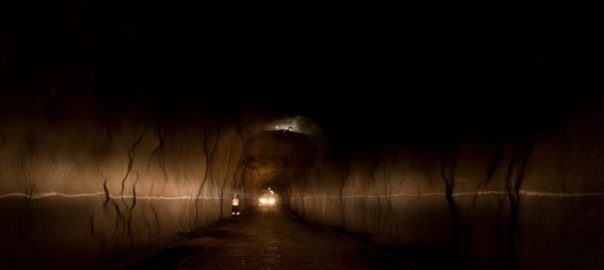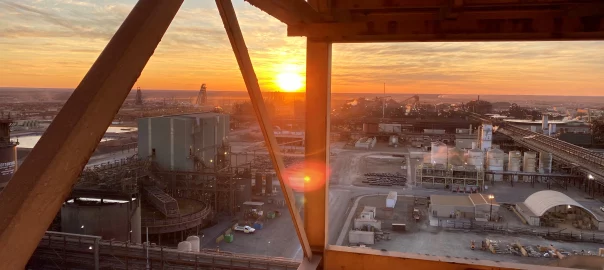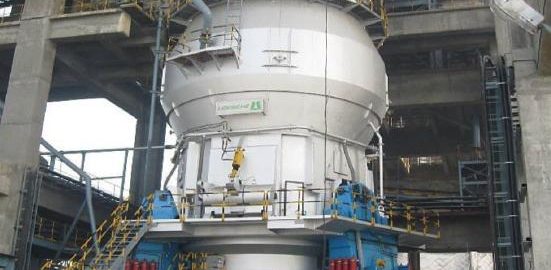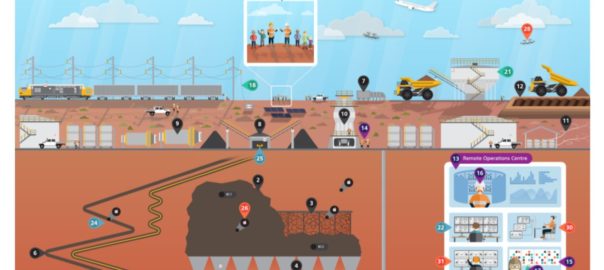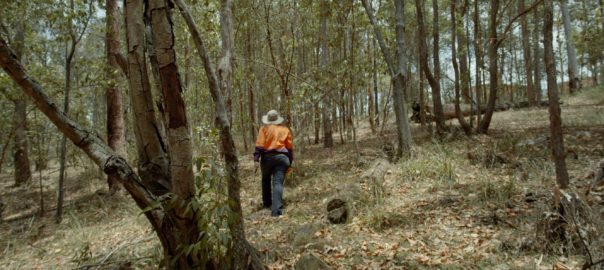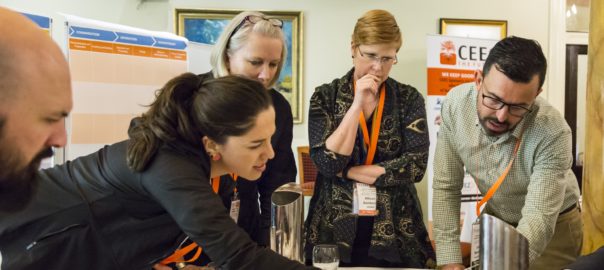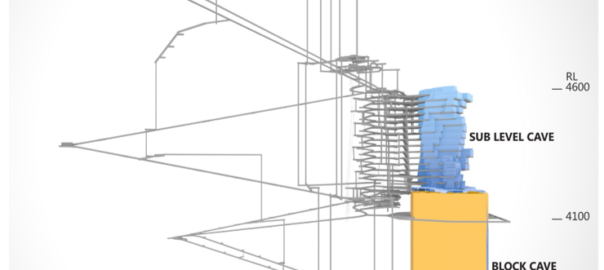OZ Minerals has announced that the Carrapateena cave safely propagated to surface on December 29, 2022, marking the transition from development to production planning at the operation in South Australia.
OZ Minerals Managing Director and Chief Executive Officer, Andrew Cole, said: “The Carrapateena cave safely breaking through to surface marks a significant milestone for the mine and an important de-risking event for ongoing operations. With the cave now through to surface it enables mine planning to be optimised for production rather than prioritising the safe development of the cave, which has been the primary focus over the first two years of the mine’s life.
“I’d like to take this opportunity to congratulate the Carrapateena team for their dedication and focus to deliver a safe working environment and successfully managing the cave propagation to surface.”
Close to a year ago, the Crusher 2 level for the sub-level cave mine at Carrapateena was reached, enabling commencement of the Block Cave Expansion declines and an increase in sub-level cave production rates to from circa 4.7 to 5.0 Mt/y from 2023.
The expansion, which will involve converting the lower part of the current sub-level cave into a series of block caves, is expected to prolong operations at the copper-gold mine, while boosting production to 12 Mt/y. This will see average copper production come in at 110,000-120,000 t/y and gold output average 110,000-120,000 oz/y from 2026, compared with production of 55,262 t and 89,778 oz, respectively, in 2021.







